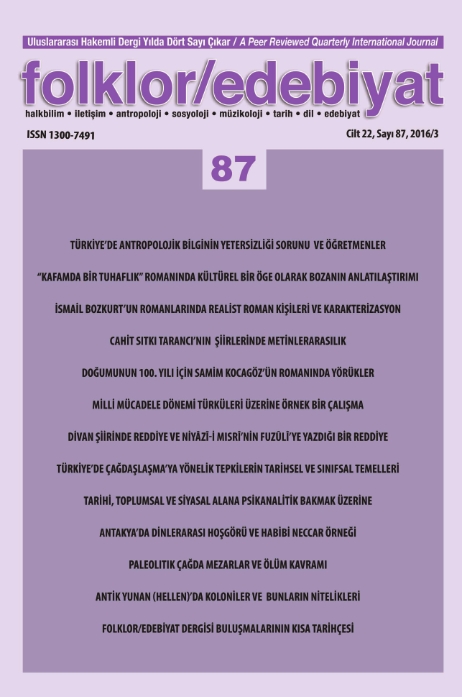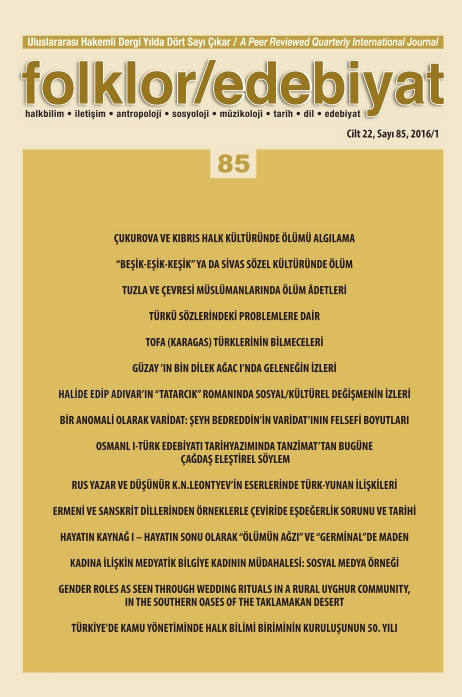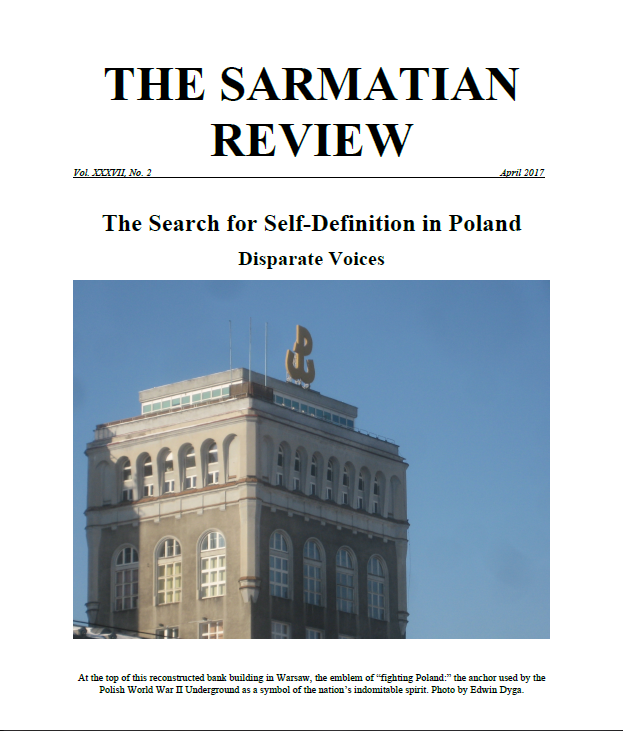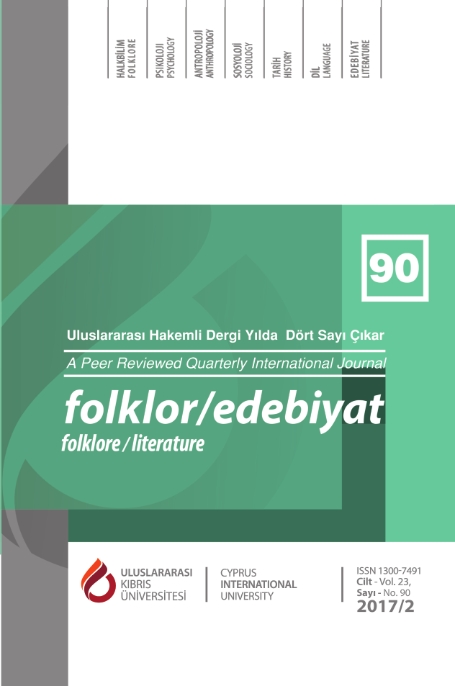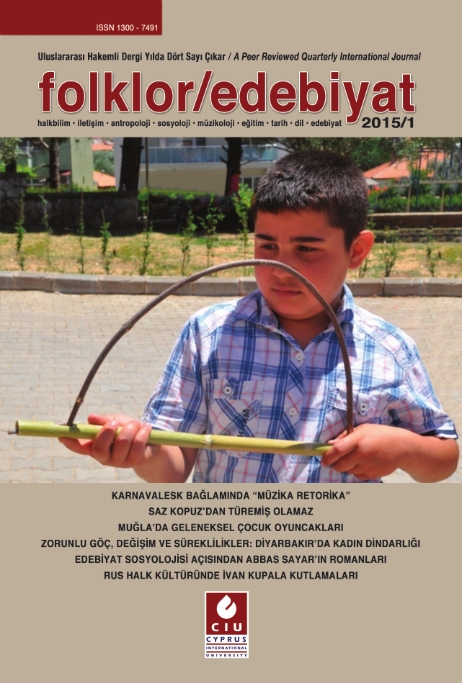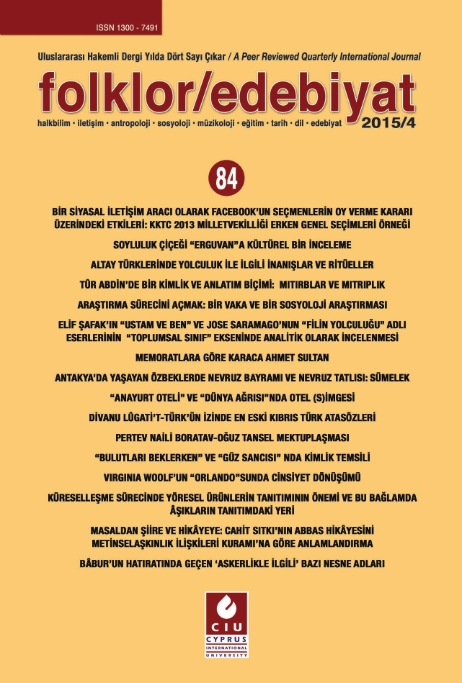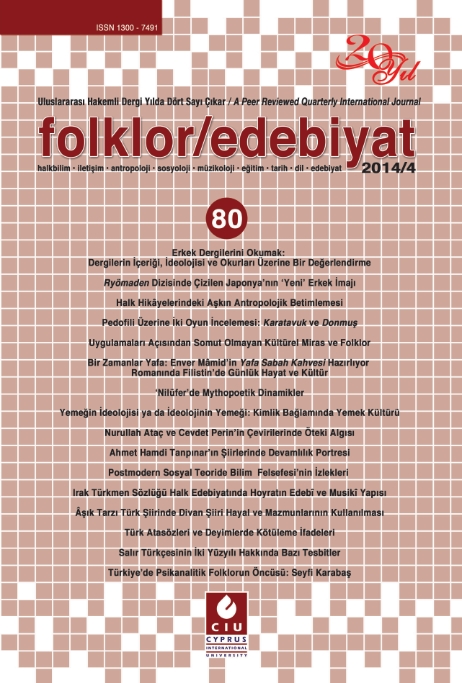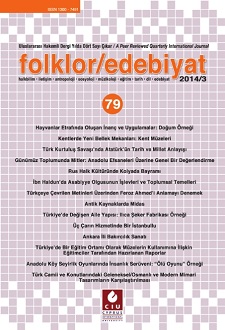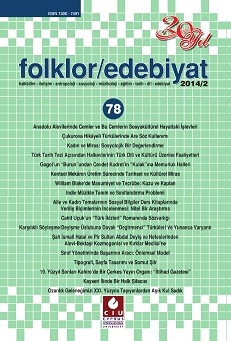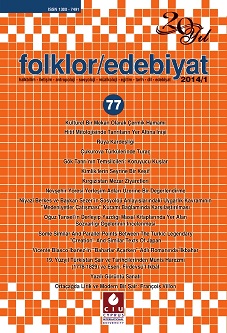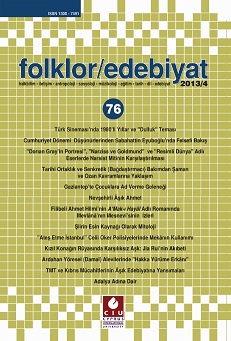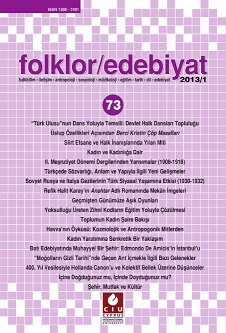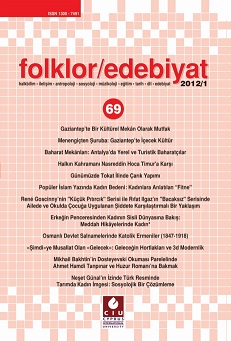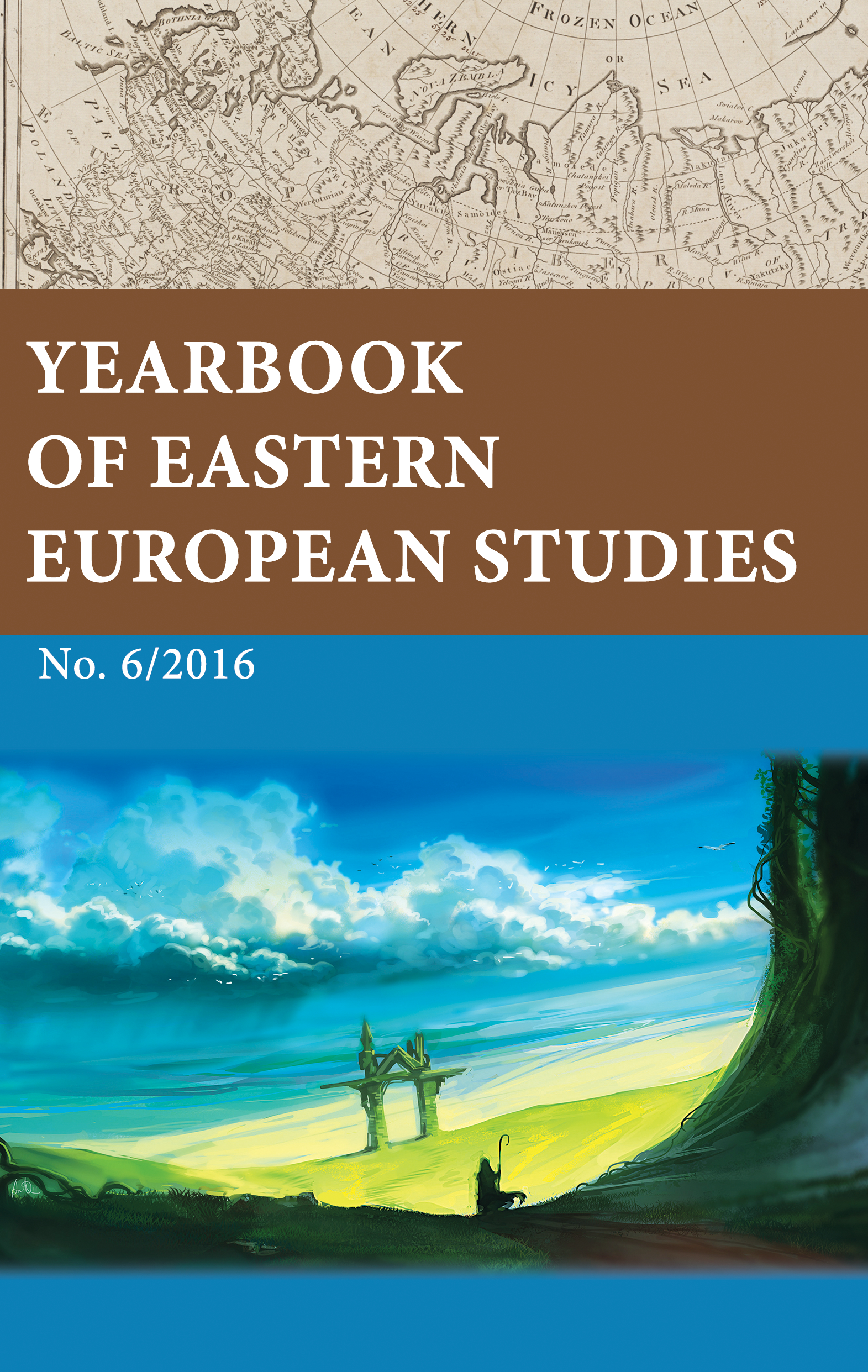
Визуализация литературных образов творчества Джона Р.Р. Толкиена
The theme of the report is dedicated to a number of the artists who made illustrations for the works of John Ronald Ruel Tolkien. Artists involved are Alan Lee, John Howe, Ted Nasmith, Donato Giancola, Greg and Tim Hildebrandt, Roger Garland, Cor Blok, Denis Gordeev and Sergey Juhimov and, of course, I could not help including the illustrations of Mr. Tolkien himself. In this research, I tried to define varieties in approaches of these artists and to understand which ideas they wanted to include in their own visions of Tolkien’s world. Considering these artists individually and together I found parallels between prominent and original artists and artists of the previous centuries. The report contains two different parts each of which analyses the problem in question from different perspectives. The first part concentrates on individualities of the artists, their styles and some references to their biographies. Differences and similarities in the works of the artists are analyzed in the second part. The research opens the way to determine, regarding all the specific qualities of each artist, both presence and absence of «the borders of fantasy».
More...
